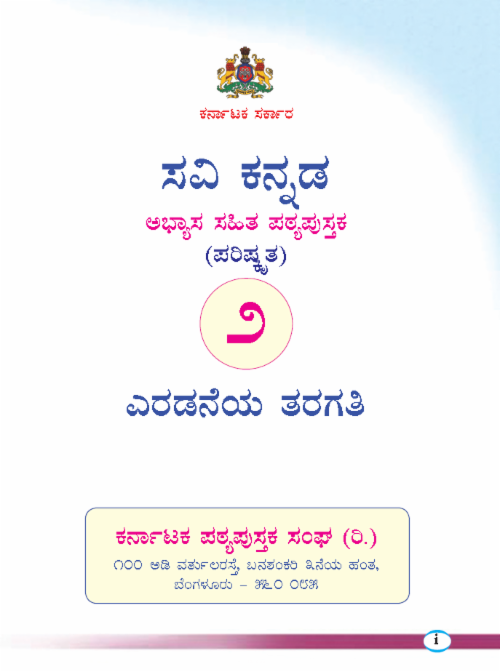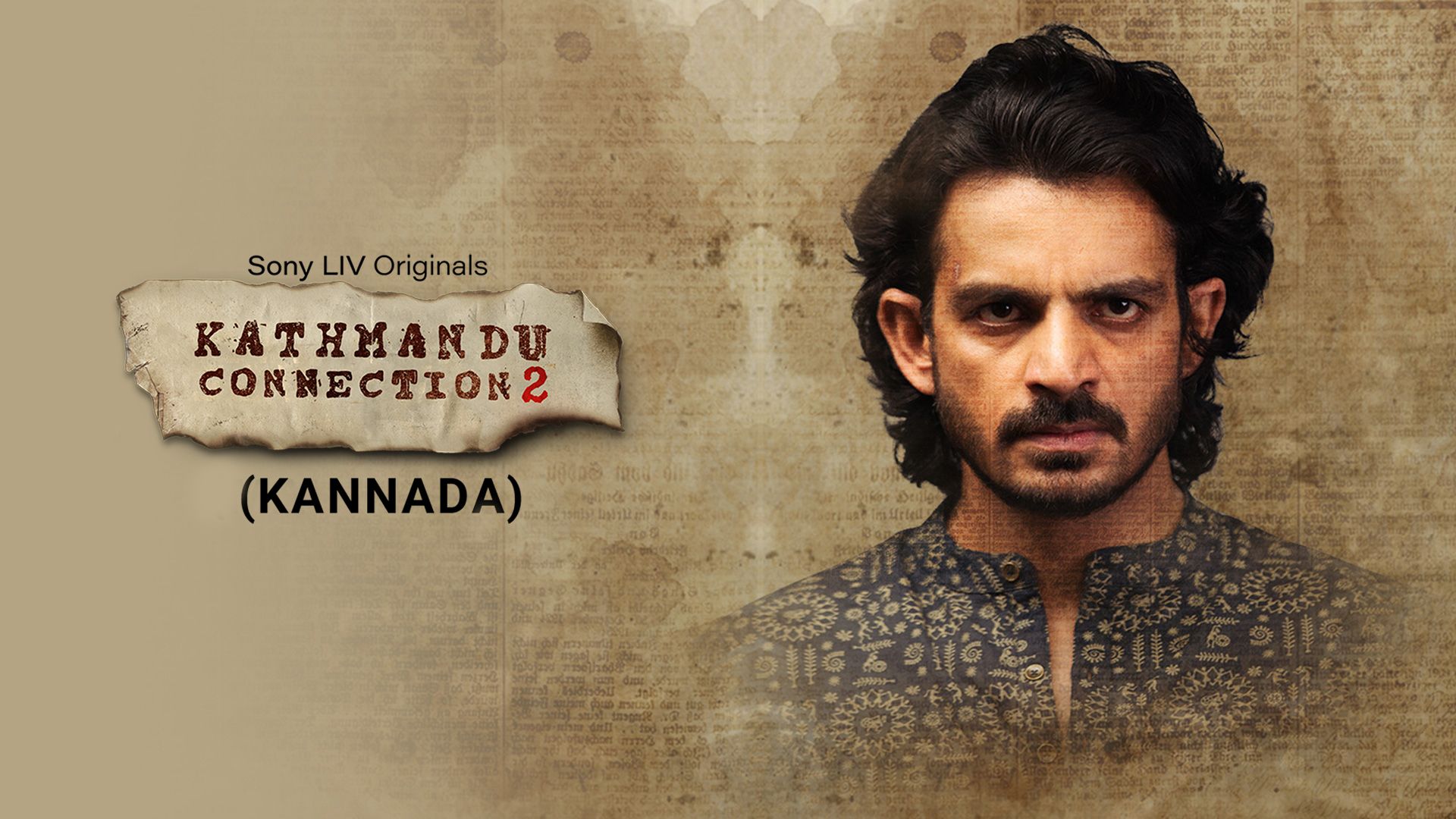Hey there, language enthusiasts! If you're diving into the world of Kannada 2, you're in for a treat. This isn't just another language level; it's a gateway to a rich cultural tapestry. Whether you're brushing up on your Kannada or starting fresh, Kannada 2 is where the magic happens. So, buckle up and let's explore this linguistic journey together, yeah?
Let's face it, learning languages can be a challenge, but Kannada 2 is here to make it a whole lot easier. Think of it as leveling up in a video game. You've got the basics down, now it's time to unlock new skills and take on more advanced challenges. This level introduces you to deeper grammar, expanded vocabulary, and real-life conversational skills that'll have you chatting like a pro in no time.
And hey, if you're wondering why Kannada 2 matters so much, it's simple. It's not just about learning a language; it's about connecting with a vibrant culture, understanding its nuances, and opening doors to new opportunities. Let's dive into the nitty-gritty of what makes Kannada 2 so special, shall we?
What is Kannada 2 All About?
First things first, Kannada 2 is the next step in mastering the Kannada language. It builds on the foundation laid in the first level, taking your skills to the next level. This stage focuses on enhancing your understanding of complex grammar rules, expanding your vocabulary, and improving your conversational abilities.
Core Objectives of Kannada 2
Here's a quick rundown of what you can expect from Kannada 2:
- Advanced grammar structures to refine your sentence construction.
- A richer vocabulary to express yourself more vividly.
- Practical conversational skills for real-life interactions.
- Insights into cultural nuances that make communication more meaningful.
These objectives are designed to ensure that you not only speak Kannada but also understand its cultural context. It's like upgrading your language software to the latest version!
Why Should You Learn Kannada 2?
Learning Kannada 2 isn't just about ticking off a checklist. It's about unlocking a world of opportunities. Whether you're planning to live in Karnataka, work with Kannada-speaking colleagues, or simply want to connect with the culture, Kannada 2 is your key.
Benefits of Learning Kannada 2
Here are some of the perks you'll enjoy by mastering Kannada 2:
- Improved Communication: Speak and understand Kannada with confidence.
- Career Advancement: Open doors to job opportunities in Karnataka and beyond.
- Cultural Understanding: Gain deeper insights into the traditions and customs of the Kannada-speaking community.
- Personal Growth: Enhance your cognitive abilities through language learning.
These benefits make Kannada 2 an invaluable asset in both personal and professional spheres. It's not just a language; it's a life skill.
Getting Started with Kannada 2
So, you're ready to dive into Kannada 2? Great! Here's how you can get started:
Essential Resources for Kannada 2
There are plenty of resources available to help you on your journey:
- Textbooks: Look for books specifically designed for Kannada 2 learners.
- Online Courses: Platforms like Coursera and Udemy offer excellent courses.
- Language Apps: Apps like Duolingo can supplement your learning.
- Local Classes: Join local classes for hands-on learning and practice.
These resources provide a solid foundation and support your learning journey. Remember, consistency is key!
Understanding Kannada 2 Grammar
Grammar might sound daunting, but with Kannada 2, it's all about breaking it down into manageable chunks. Here's a glimpse into what you'll be learning:
Key Grammar Concepts in Kannada 2
Some of the essential grammar concepts include:
- Verb conjugations for different tenses.
- Complex sentence structures.
- Use of passive and active voice.
- Conditional sentences and hypothetical situations.
These concepts might seem tricky at first, but with practice, they'll become second nature. Think of them as the building blocks of your language skills.
Expanding Your Kannada Vocabulary
Vocabulary is the heart of any language. In Kannada 2, you'll be expanding your word bank to include more advanced and specialized terms. Here's how you can do it:
Strategies for Building Vocabulary
Try these strategies to boost your vocabulary:
- Read books, articles, and blogs in Kannada.
- Watch Kannada movies and TV shows with subtitles.
- Practice writing short essays or diary entries in Kannada.
- Engage in conversations with native speakers.
These activities not only expand your vocabulary but also improve your comprehension and speaking skills. It's like feeding your brain with new words and letting them grow!
Conversational Skills in Kannada 2
Conversational skills are where Kannada 2 really shines. This level focuses on helping you communicate effectively in real-life situations. Here's how you can enhance your skills:
Practical Conversational Tips
Here are some tips to improve your conversational skills:
- Practice speaking with a language partner regularly.
- Record yourself speaking and listen for areas of improvement.
- Join language exchange groups or online forums.
- Participate in cultural events to practice in a natural setting.
These tips will help you become more comfortable and confident in your conversations. Remember, practice makes perfect!
Cultural Insights in Kannada 2
Understanding the culture behind the language is crucial. Kannada 2 introduces you to the rich cultural heritage of the Kannada-speaking community. Here's a sneak peek:
Exploring Kannada Culture
Some fascinating aspects of Kannada culture include:
- Traditional festivals like Ugadi and Dasara.
- Delicious local cuisine such as Bisi Bele Bath and Mysore Pak.
- Art forms like Yakshagana and Harikatha.
- Historical landmarks and their significance.
These cultural insights enrich your understanding of the language and make your learning experience more rewarding. It's like adding flavor to your language dish!
Challenges and Solutions in Learning Kannada 2
Every language learner faces challenges, and Kannada 2 is no exception. But don't worry, there are solutions to every hurdle. Here's how you can overcome them:
Common Challenges and How to Tackle Them
Some common challenges include:
- Grammar Complexity: Break it down into smaller parts and practice regularly.
- Vocabulary Expansion: Use flashcards and apps to memorize new words.
- Speaking Confidence: Engage in conversations and don't be afraid to make mistakes.
- Cultural Nuances: Read about the culture and observe interactions.
By addressing these challenges head-on, you'll find that they're not as daunting as they seem. It's all about persistence and patience!
Success Stories: Real People, Real Progress
Nothing motivates like real-life success stories. Here are a few examples of people who have successfully mastered Kannada 2:
Inspiring Stories of Kannada Learners
Meet some inspiring individuals:
- Amy: A teacher from the USA who learned Kannada 2 to connect with her students.
- Raj: A businessman from Mumbai who mastered Kannada 2 for work-related interactions.
- Sara: A traveler from Germany who fell in love with Kannada culture and language.
These stories prove that with dedication and the right resources, anyone can succeed in learning Kannada 2. You're not alone in this journey!
Final Thoughts and Call to Action
And there you have it, folks! Kannada 2 is more than just a language level; it's a stepping stone to a richer, more connected life. Whether you're learning for personal or professional reasons, the benefits are undeniable.
So, what are you waiting for? Dive into Kannada 2 and start reaping the rewards. Share this article with your friends, leave a comment below, and let us know how your learning journey is going. Together, we can create a community of passionate language learners!
Table of Contents
- What is Kannada 2 All About?
- Why Should You Learn Kannada 2?
- Getting Started with Kannada 2
- Understanding Kannada 2 Grammar
- Expanding Your Kannada Vocabulary
- Conversational Skills in Kannada 2
- Cultural Insights in Kannada 2
- Challenges and Solutions in Learning Kannada 2
- Success Stories: Real People, Real Progress
- Final Thoughts and Call to Action


